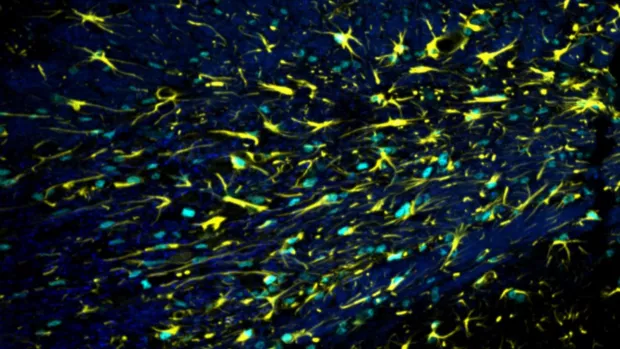
Restoring blood flow in MS
About the project
Researchers have shown that in MS inflammation can reduce blood flow to the brain and spinal cord, resulting in less oxygen reaching nerve cells. This shortage of oxygen can stop the nerve cells from working properly. And a lack of oxygen can also damage the myelin-making cells in the brain, and this can cause myelin damage.
The team have shown that, in rats with an MS-like condition (in other words, a rat model of MS), they can use a drug called nimodipine to correct the blood vessel constriction that reduces blood flow and is one reason for the oxygen shortage.
But, nimodipine doesn’t always work. And the team think that severe inflammation and swelling squashes vessels, which would reduce blood flow and stop nimodipine working.
So in this project, the researchers want to see if another drug called mannitol can reduce the swelling in inflamed tissues in rats with an MS-like condition, in order to help the nimodipine work better.
They will model MS inflammation in rats, and figure out the best dose of mannitol to reduce swelling and restore blood flow, oxygen in the tissues and electrical activity in the nerve cells. Then they will give mannitol and nimodipine to the animals and measure the effect. They will also look at tissue from the animals under a microscope to see if the drugs have protected the tissue from damage.
How will it help people with MS?
If the study shows that mannitol does reduce swelling, this information could be used to help figure out how and if to use these two re-purposed drugs (nimodipine and mannitol) to help people with MS.
This work is in rodents at the moment. But the hope is that by addressing the oxygen shortage problem early on, this treatment could potentially reduce how severe MS relapses are. And also prevent long-term build up of myelin damage/nerve damage, which then leads to permanent disability in progressive MS.


